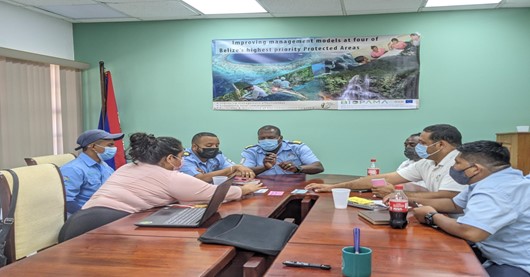Skills enhancement
Drone pilot training workshop
Sgt Ndione
A major capacity-building component was developed for beneficiaries to improve biodiversity management in the protected area network. The aim was to improve the ecological monitoring system and the level of knowledge about species and habitats through the adoption and integration of new technologies (drones and camera traps).
Community expectations were taken into account as part of these training courses, to ensure the sustainability of income-generating activities for their benefit.
Ecological monitoring managers were the main targets at site level, while at central level, Geographic Information System managers from the two beneficiary departments were involved to better implement and centralize the data collected in the field.
Practical case studies on protected areas served as an exercise in action-based learning.
As far as local stakeholders were concerned, the themes were adapted to the needs identified in order to respond to their concerns.
The choice of targets adapted to the training themes gives better results in terms of the beneficiaries' ability to share their experiences in the field. Experience has shown that targets who had prerequisites on the proposed themes shared their feedback in the field immediately after the training.
The list of logistical problems identified in the field, such as equipment updates and the incompatibility of computers and smartphones with the equipment (drone, camera, software), made field practice difficult.
As a lesson learned, there is a need to manage logistical aspects with the targets to avoid hitches in the field in order to reinforce the effectiveness of the training.
The main lesson learned from skill-building for communities is that they benefit more from iterative and participative training sessions than from theoretical ones.
